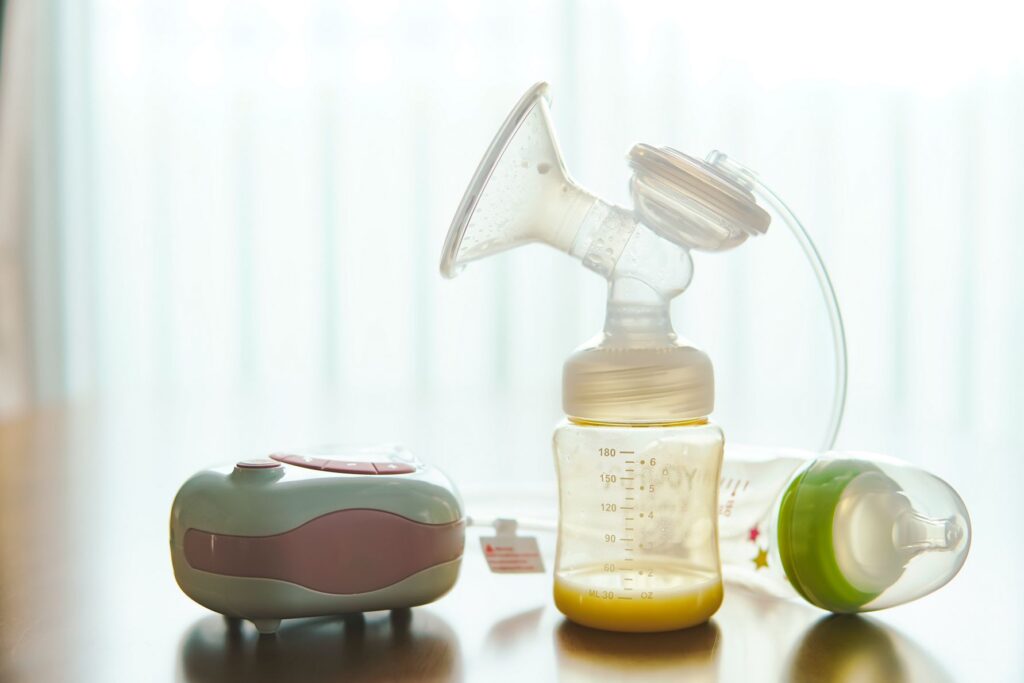Sage and similar herbs should primarily be considered during weaning or in severe cases of oversupply when standard methods fail. Exercise caution if not actively weaning, and avoid excessive use once results are observed.
To reduce milk production with dried sage (Salvia officinalis), consume ¼ teaspoon three times daily for 1–3 days. Mix it into vegetable juice (like V-8), broth, or foods. For those averse to the taste, embed the herb in a small piece of sandwich—peanut butter works well—and swallow it whole without chewing.
For sage tea, steep one tablespoon of dried sage in a cup of boiling water for 5–15 minutes. Drink one cup 2–6 times daily. Sage tincture is another option: take 30–60 drops, 3–6 times daily. Avoid sage essential oil, as it is unsafe for internal use.
Cabbage leaves applied topically to the breasts can help decrease supply. Similarly, crushed jasmine flowers (Jasminum sambac) have been shown in clinical studies to suppress lactation.
Additional herbs known to reduce milk production include peppermint, spearmint, parsley, chickweed, black walnut, yarrow, lemon balm, oregano, and sorrel. Sage, peppermint, spearmint, lemon balm, oregano, and cabbage can also be infused into cold- or hot-pressed oils for topical massage.
While peppermint tea is a mild option, significant quantities (quarts) are needed for noticeable effects. Some find concentrated peppermint candies (e.g., Altoids®) effective when consumed moderately.
Note: Herbal remedies should complement, not replace, gradual weaning practices. Consult a healthcare provider before use, especially if maintaining partial breastfeeding.





